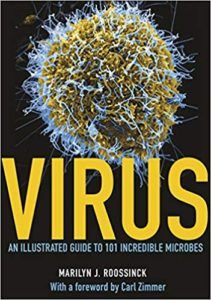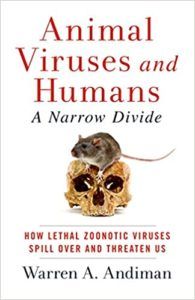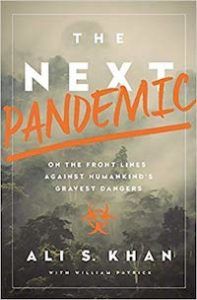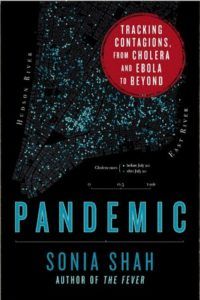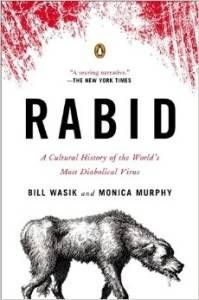We are living in uncertain and frightening times, and the foe in our midst is invisible to the naked eye. One way to help combat fear from what we are dealing with is to understand the thing better and arm ourselves with knowledge. So let’s talk about viruses. We’ve pointed you in the direction of reads detailing other pandemics that humanity has faced; now, we’ll take a closer look at the viral perpetrators themselves. The more we understand how viruses affect our bodies and how they are transmitted, the more equipped we will be in leading healthier, safer lives while we get through this. For me personally, especially after losing my grandmother to COVID-19, following the science and finding primary sources of information that will increase my knowledge of how viruses like this act and spread makes me feel a little bit more in control of a situation that can sometimes feel too large to handle. Here are five nonfiction books about viruses written by medical professionals to help you better understand what viruses really are, how they spread, and what we can learn about them.
Virus: An Illustrated Guide to 101 Incredible Microbes by Marilyn J. Roossinck
Dr. Marilyn Roossinck specializes in virus evolution and ecology, and that expertise is on full display in this illustrated, detailed-yet-accessible introduction to virology. Learn about how viruses are named, how their genes work, how they replicate themselves, how they interact with hosts, and how they travel from host to host. From images of the viruses to where they were discovered to how your immune system can counteract them, this guide is as comprehensive as it gets.
Animal Viruses and Humans, a Narrow Divide: How Lethal Zoonotic Viruses Spill Over and Threaten Us by Dr. Warren A. Andiman
Dr. Andiman, an HIV/AIDS researcher and professor of epidemiology at Yale, explores eight major zoonotic viruses (microbes that have made the transition from animals to humans); MERS, swine flu, hantaviruses, monkeypox, SARS, rabies, Ebola, and henipaviruses. This education on major viruses also illustrates how infectious disease specialists discover the source of outbreaks, as well as what we can do to “stem the spread.”
The Next Pandemic: On the Front Lines Against Humankind’s Gravest Dangers by Dr. Ali Khan
Dr. Khan was a public health first responder, meaning that he’s been on the ground all over the world when microbial outbreaks have occurred. He also worked for the CDC with a focus on global health and emerging infectious diseases, so he knows a thing or two about viruses. This novel comprises of Dr. Khan’s firsthand accounts with outbreaks, including how they may have originated and what we can learn from them.
Pandemic: Tracking Contagions, from Cholera to Ebola and Beyond by Sonia Shah
Science journalist Sonia Shah goes back in history to retrace the steps of the world’s worst infectious disease and viral outbreaks, hoping that we can learn from the past and be better prepared for, well…now. This epidemiological history takes a close look at cholera, Ebola, the avian flu, and more to illustrate how viruses and diseases spread and how our own societal structures influence the severity of pandemics.
Rabid: A Cultural History of the World’s Most Diabolical Virus by Bill Wasik and Monica Murphy
Veterinarian Monica Murphy and journalist Bill Wasik team up to detail the history of one of the deadliest viruses known to humankind: rabies. They search through four thousand years of history to chronicle the virus’s past, the evolution of our understanding of it, and how it might shed light on other emerging viruses that originate in animals.

